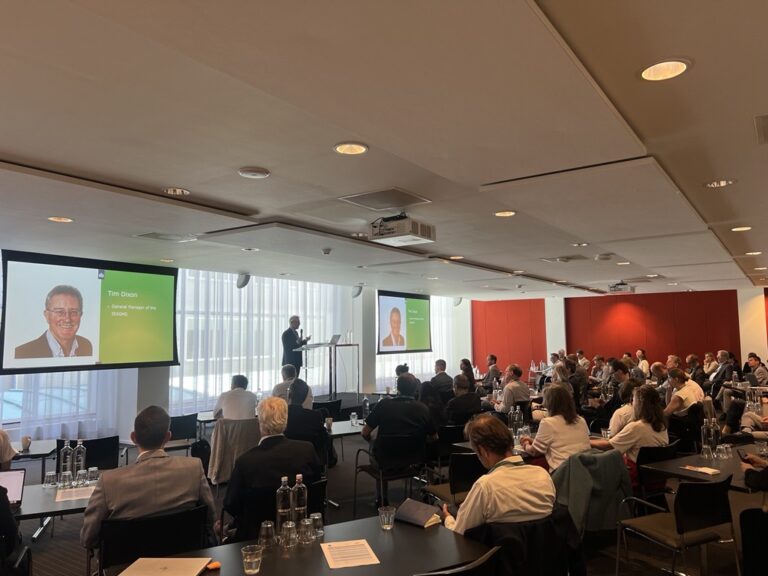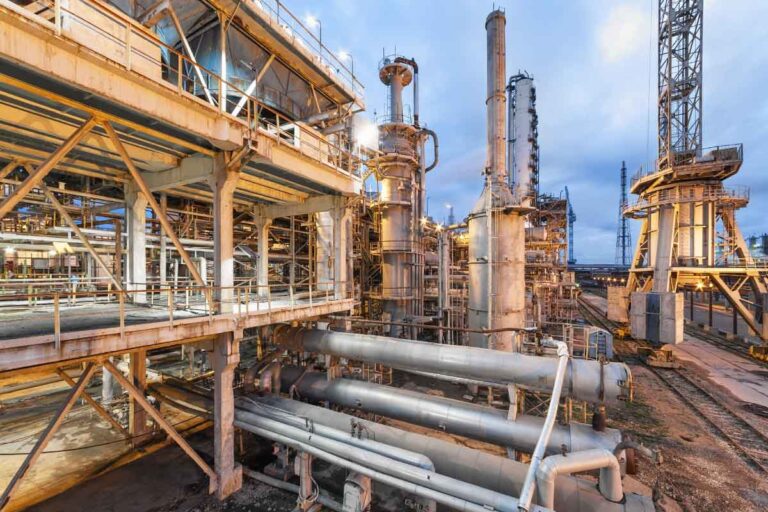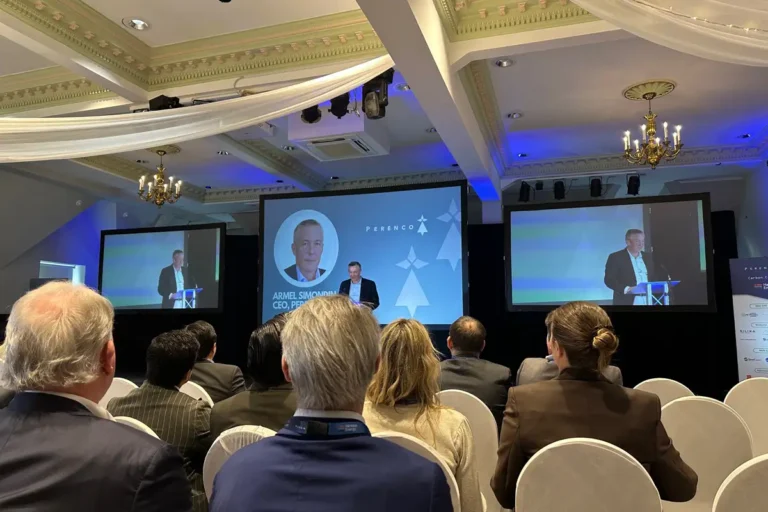
GHGT-15: Session 1E: Hydrogen & CSS
25 March 2021


Following the growing interest on decarbonised hydrogen, this GHGT session incorporated discussions on hydrogen production technologies, infrastructure, and collaborative initiatives.
Roger Dewing, from Air Products plc, discussed the retrofitting of existing SMRs (Steam Methane Reformer) with CO2 capture. He presented the Port Arthur SMR retrofit, which has captured more than 6 Million Tonnes to date. This project includes the retrofit of 2 SMRs included in a refinery. The project captures the 90% of the CO2 contained in the syngas, and the captured CO2 (56,000 Nm3/h) is used for EOR (Enhanced Oil Recovery). The CO2 capture system is based on a developed in-house CO2 capture technology, which includes a VSA (Vacuum Swing adsorption) with standard solid absorbents, tested previously at pilot scale. Next applications are expected in the Porthos Project (Netherlands) and other existing SMRs.
Gunhild Reigstad, from SINTEF Energy Research, presented the ELEGANCY project. This project addressed the H2 supply chain, assessed the business cases, and explored the social and environmental aspects. Different case studies in various countries were explored (United Kingdom, Switzerland, Norway, Netherlands, and Germany). These explored the impact of decarbonised hydrogen in different sectors, such as transport and energy, and how these are integrated in industrial clusters, and national and international infrastructures.
Rahul Anantharaman, from SINTEF Energy Research, presented the efficient low carbon hydrogen production from natural gas. The approach was to analyse the difference between the maximum theoretical efficiency and the state-of-the-art efficiency, and later implement a systematic methodology called “G-H”. The process design, which included membrane reactors, minimised losses by operating close to reversible conditions.
Espen Steinseth Hamborg, from Equinor Asa, presented the Norwegian hydrogen value chain demonstration (HyDemo), which fits in the Equinor’s climate roadmap towards 2050. In terms of the capture technology, the team is still looking for the best available systems from technical and economic perspectives. The Equinor’s Low Carbon Project Portfolio includes operations since 1996 and has successfully operated on their application to different sectors. As highlight, Equinor is involved in the Longship project, the largest implementation of CCS infrastructure in Norway.
Anne Streb, from ETH Zurich, presented the experimental set-up and implementation of a VPSA (vacuum pressure swing adsorption) cycle. This technology is at TRL 4 and is a potentially promising alterative for coupling H2 production with CCS. The results showed changes on the CO2 and H2 purity through modifications on the process configuration. Furthermore, the simulation model had a good agreement with the experiments.
This session showed the international interest on hydrogen production. Speakers presented the different phases of the development process, including experiments at lab scale, implementation at large scale, and the importance of low carbon hydrogen in collaborative decarbonisation objectives.
Other articles you might be interested in
Get the latest CCS news and insights
Get essential news and updates from the CCS sector and the IEAGHG by email.
Can’t find what you are looking for?
Whatever you would like to know, our dedicated team of experts is here to help you. Just drop us an email and we will get back to you as soon as we can.
Contact Us NowOther articles you might be interested in
Get the latest CCS news and insights
Get essential news and updates from the CCS sector and the IEAGHG by email.
Can't find what you are looking for?
Whatever you would like to know, our dedicated team of experts is here to help you. Just drop us an email and we will get back to you as soon as we can.
Contact Us Now









